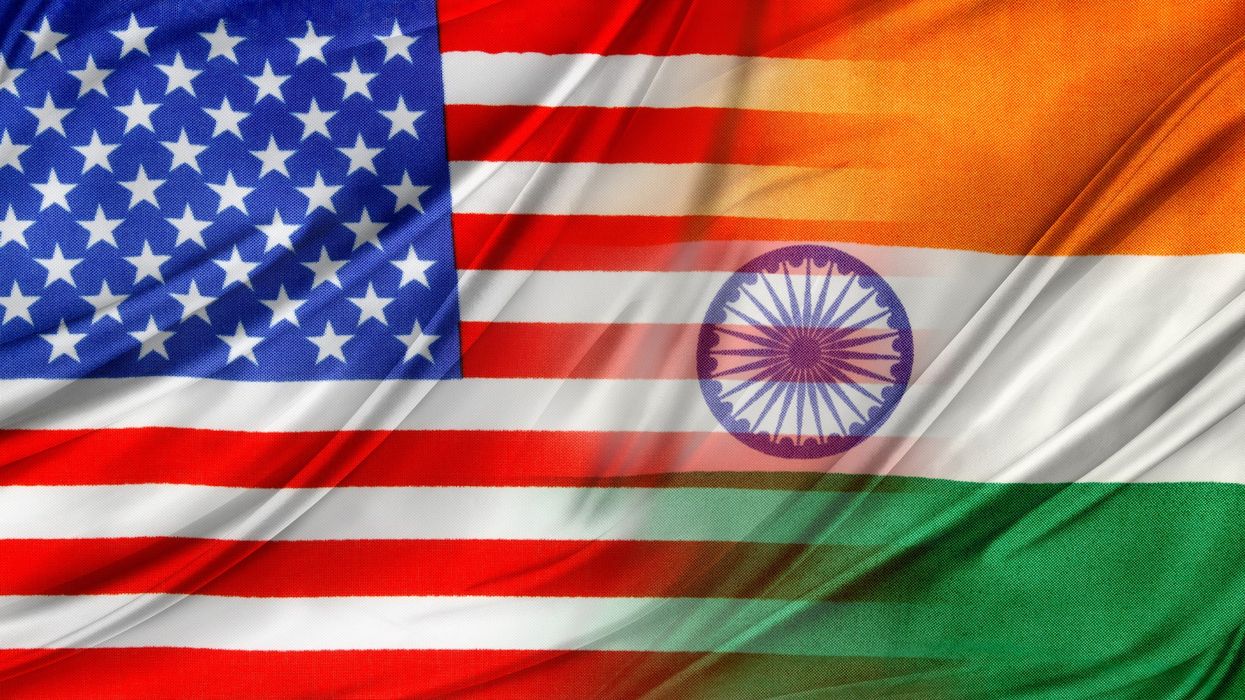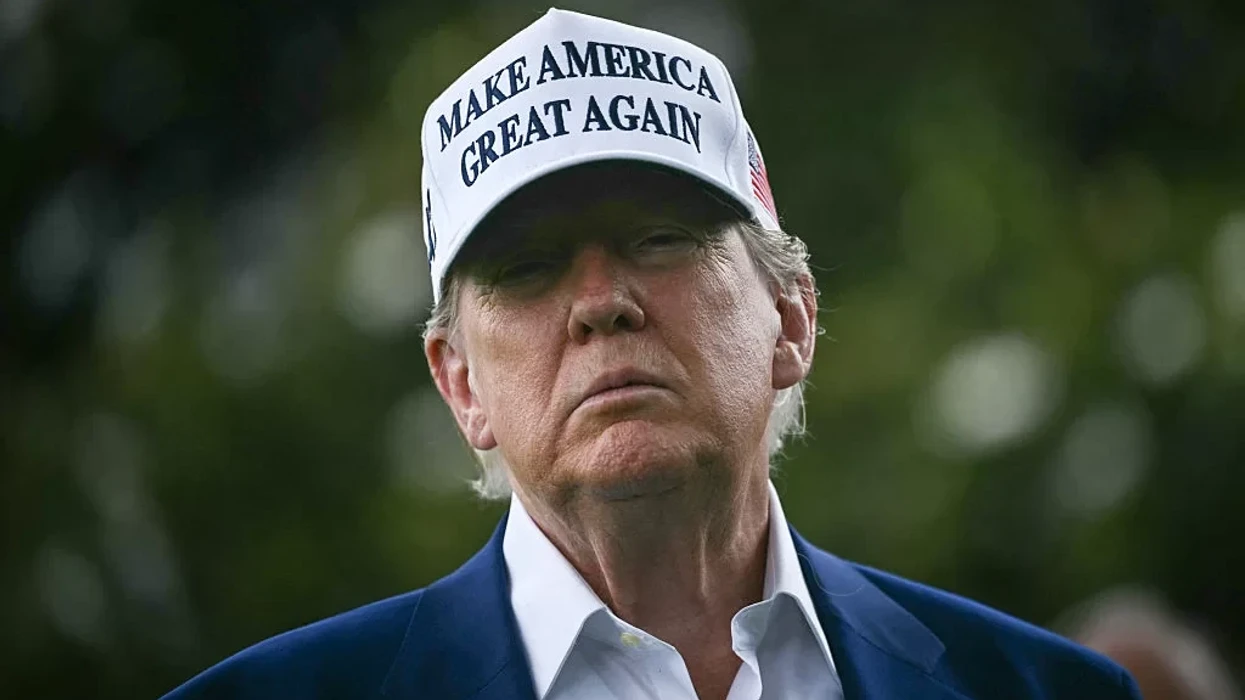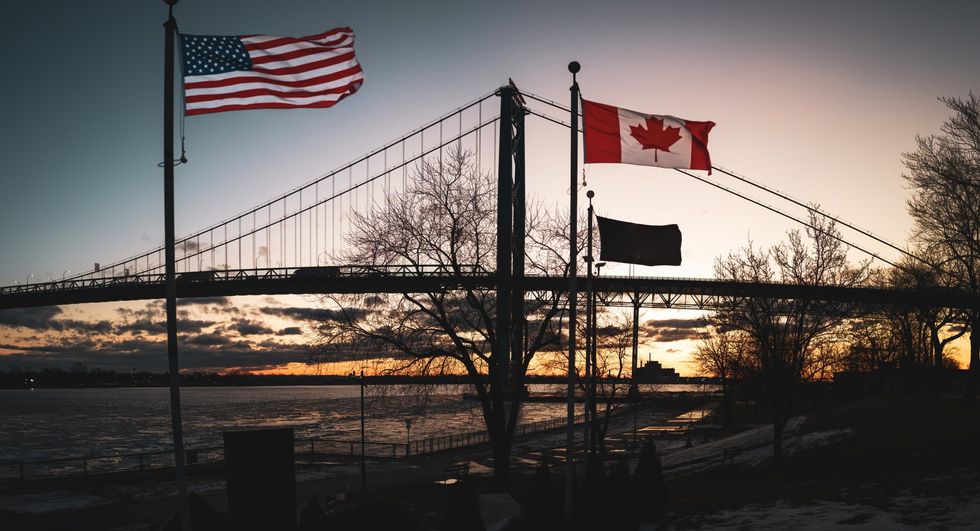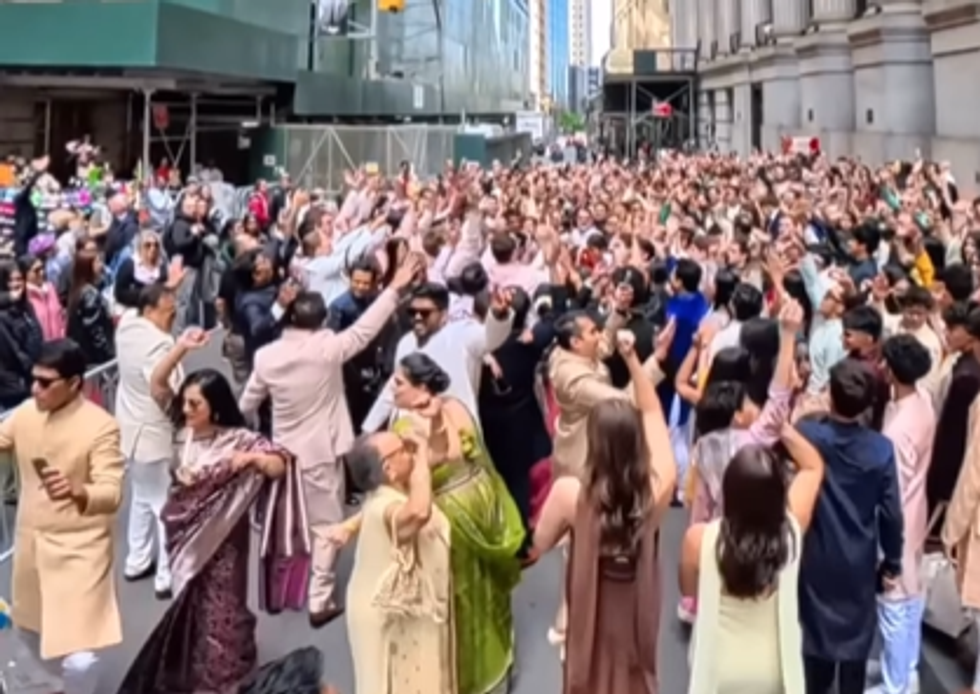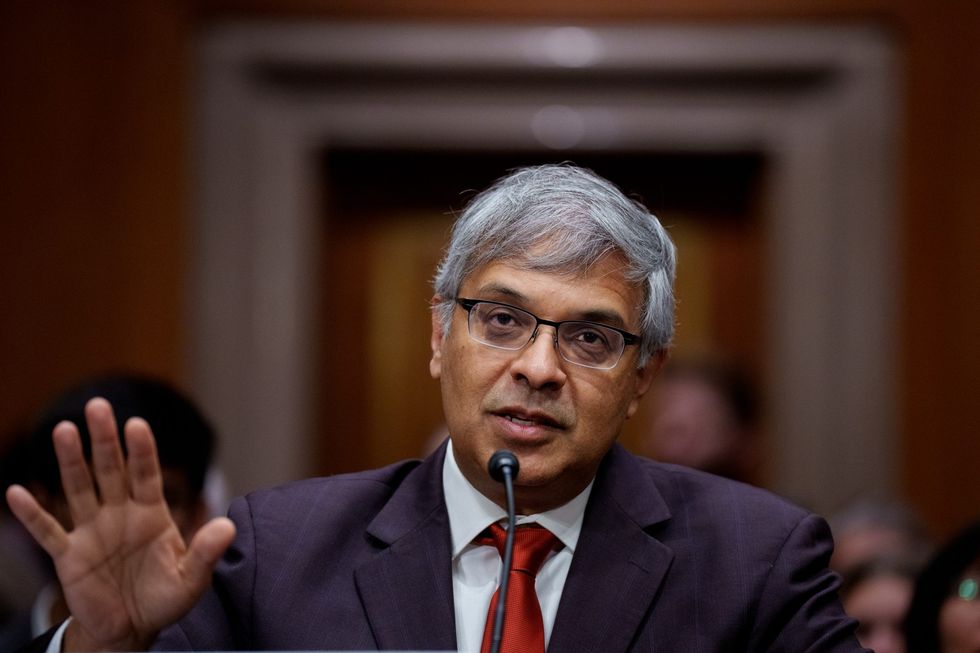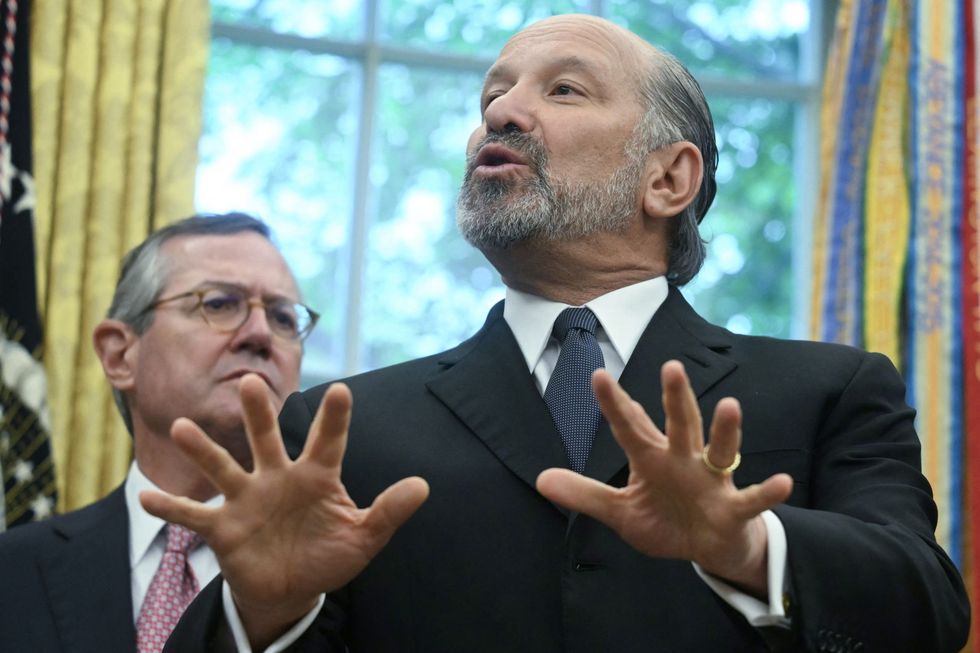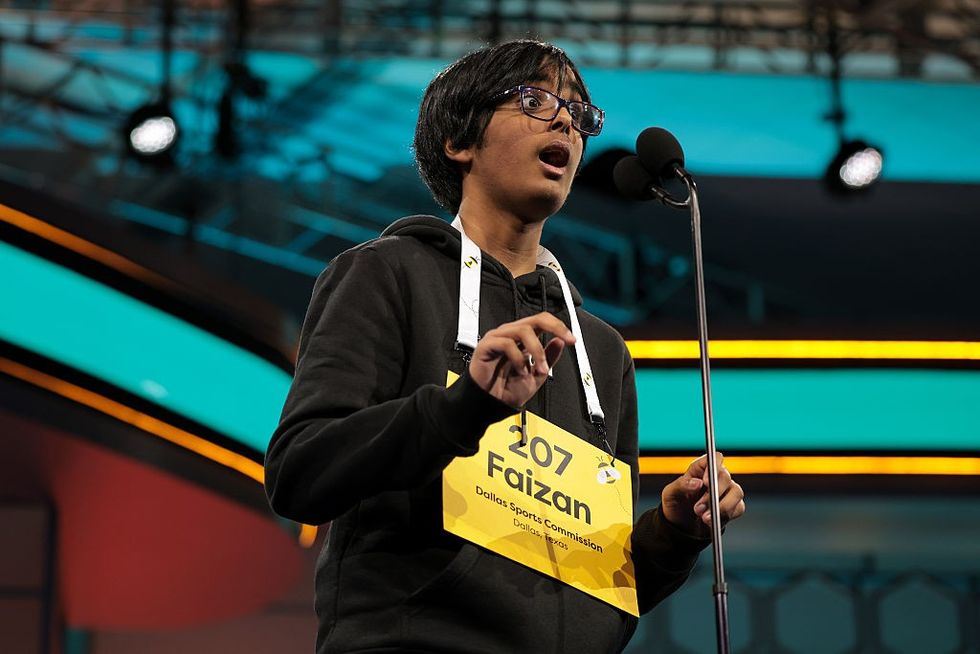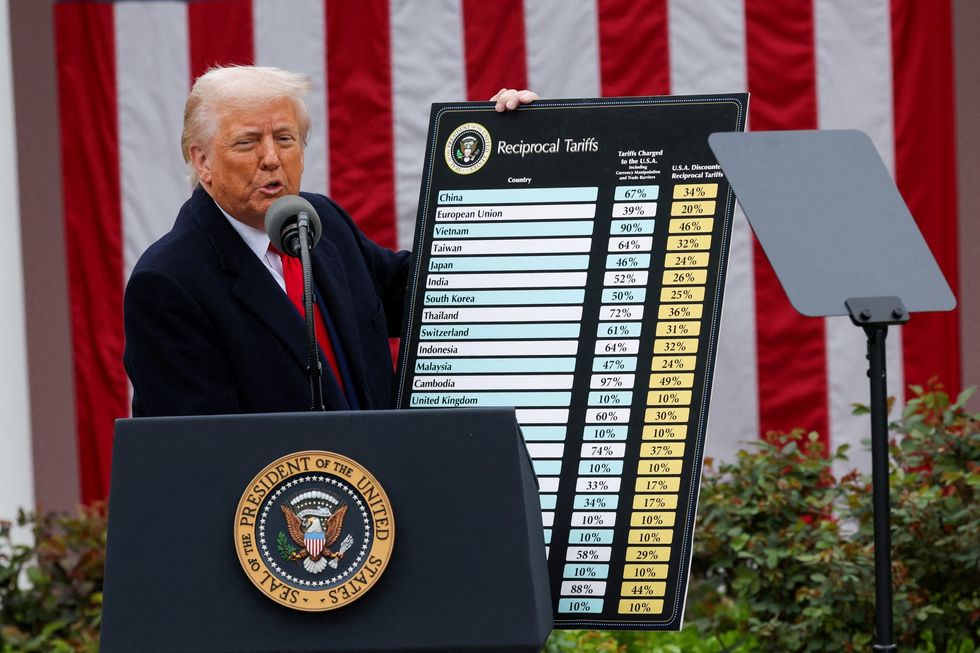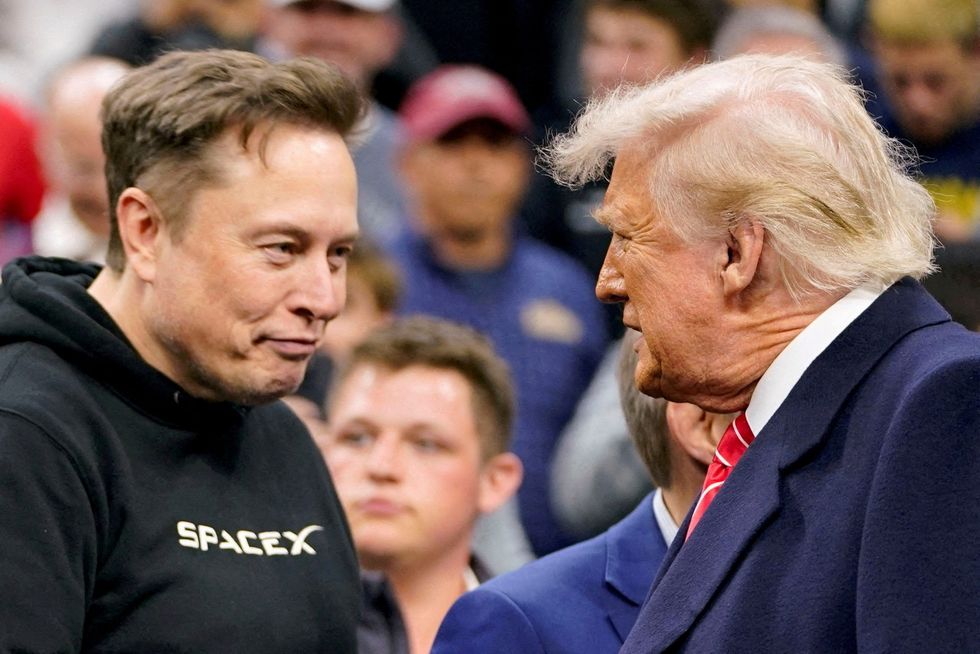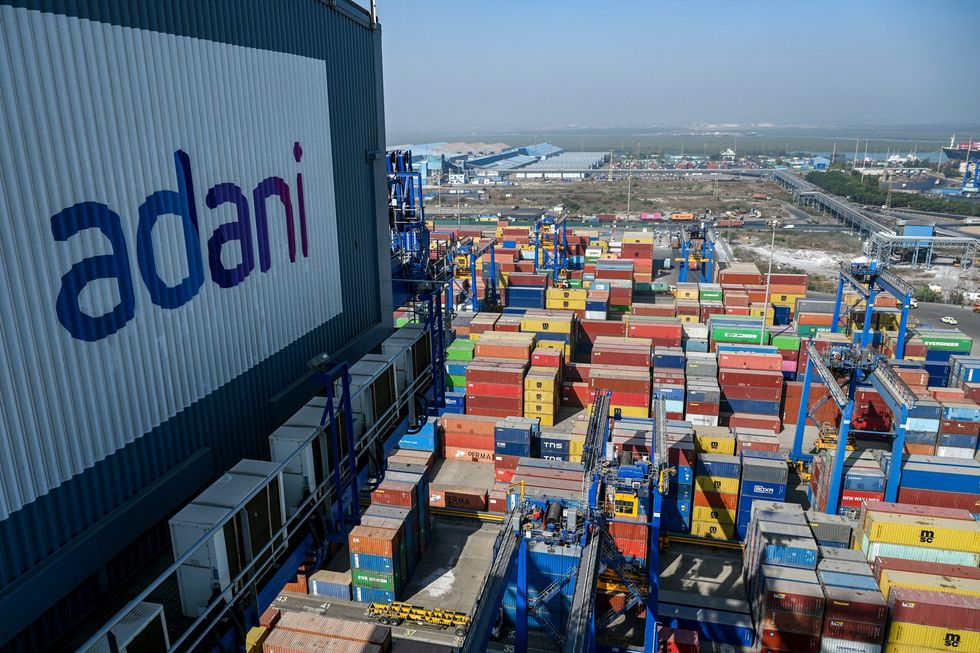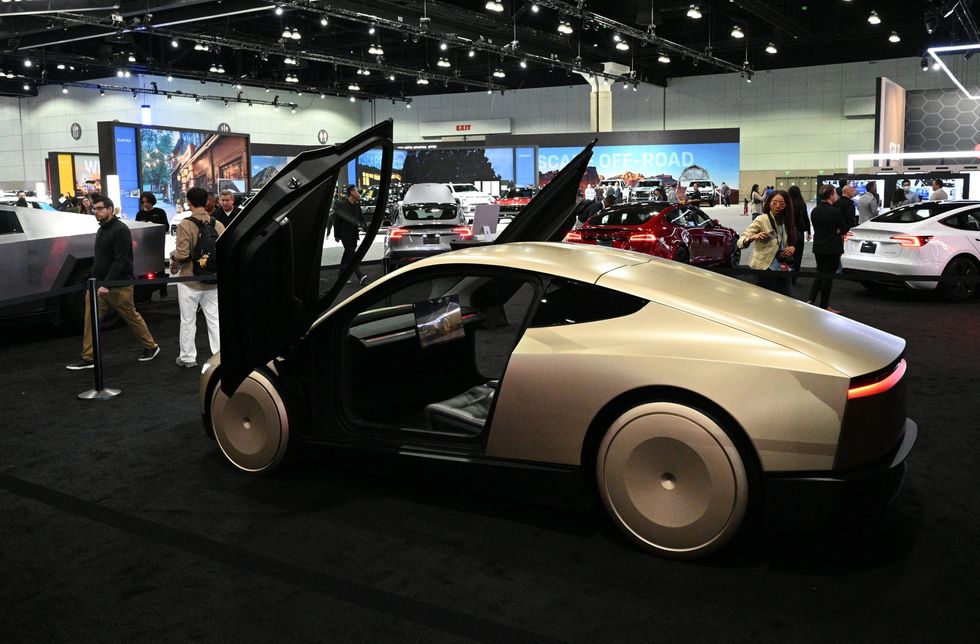The updated tariff policies announced by US President Donald Trump have shaken up the US markets. All eyes are on Amazon, which generated over $290,000 in annual sales generated for independent sellers in 2024 according to their sources and remains a major seller in the US. They are all set to extend their Prime day sales to four days, under the banner of Amazon’s 11th year. The Seattle-based company started Prime Day in 2015 and expanded it to two days in 2019.
Perks for Gen Z shoppers
Additionally, new membership perks are being offered to attract Gen Z customers. Prime members aged 18 to 24, who pay $7.49 per month instead of the $14.99 that older customers not eligible for discounted rates pay for free shipping and other benefits, will receive 5% cash back on their purchases for a limited time. The e-commerce giant’s summer deals start at 3:01 a.m., Eastern Time on Tuesday for prime members. Prime Day 2025 will feature deals dropping as often as every 5 minutes during certain periods.
Tariff speculations and Amazon’s clarification
Even when the update is taking place just two and a half months after an online news report sparked speculation that Amazon planned to display additional tariff costs next to the product's price, Amazon declines to address the potential impact of tariffs.
Amazon clarified that the idea had been floated for its low-cost Haul storefront but never approved after White House Press Secretary Karoline Leavitt dismissed the act to be “hostile and political”.
Why the extension?
Regarding the extended Prime Day, Amazon Prime Vice President Jamil Ghani recently told The Associated Press that Amazon expanded Prime Day this year because shopper “wanted more time to shop and save.”
Retail competition heats up
With Amazon’s success in attracting customers and boosting sales with Prime Day, many other e-commerce and retail stores followed suit as a necessary measure to compete with the market in July. Popular brands like Walmart, Best Buy, and Target also host similar summer deals during July. Like Amazon, Walmart is adding two more days to its promotional period, which starts Tuesday and runs through July 13, which also offers the added benefit of a physical store.
Forecasted sales surge
During the 96-hour Amazon Prime Day event, online spending is expected to surge to $23.8 billion across US retailers, according to an Adobe Digital Insights forecast. The sales forecast expects a rise of 28.4% when compared to last year, the report said.
Mixed analyst sentiment
However, there is still uncertainty regarding the extra days translating into more purchases owing to the renewed inflation worries and potential price increases from tariffs, according to analysts.
Lead analyst at Adobe Digital Insights, Vivek Pandya, is optimistic about the extension of Prime Day. He noted that it is a big opportunity to “really amplify and accelerate the spending velocity.”
But according to Caila Schwartz, director of consumer insights and strategy at Salesforce, July sales have lost their momentum through the years, even though Amazon is not a salesforce customer and not privy to Prime Day figures.
Schwartz commented about the customer behavior, “What we saw last year was that (shoppers) bought and then they were done. We know that the consumer is still really cautious. So, it’s likely we could see a similar pattern where they come out early, they’re ready to buy and then they take a step back.”
Impact of tariff
Amazon executives assured the customers that the company and many of its third-party sellers tried to combat the high import tax bills by stocking up on foreign goods before the reflection of the renewed tariff rates. And owing to that, a fair number of third-party sellers hadn’t changed their pricing at that time.
According to Adobe’s forecast, discounts are expected to range from 10% to 24% off the manufacturer’s suggested retail price across major U.S. retailers during the four-day period.
Salesforce’s Schwartz noted that retailers are more precise with their discounts, maintaining clear promotion codes that apply to select products instead of their entire website.
Third-party sellers & profit margins
More than 60% of the company’s retail sales are accounted for by independent businesses. And reportedly, some third-party sellers would not be offering discounts to preserve profit margin amidst the ongoing tariff clout.
As Amazon Prime Day offers scope to navigate economic uncertainties and generational shifts in shopping habits, its success will depend on more than just deals. In a climate shaped by tariffs, inflation, and changing consumer behavior, this year’s Prime Day could redefine how retail giants drive loyalty, compete, and adapt to the new normal.

